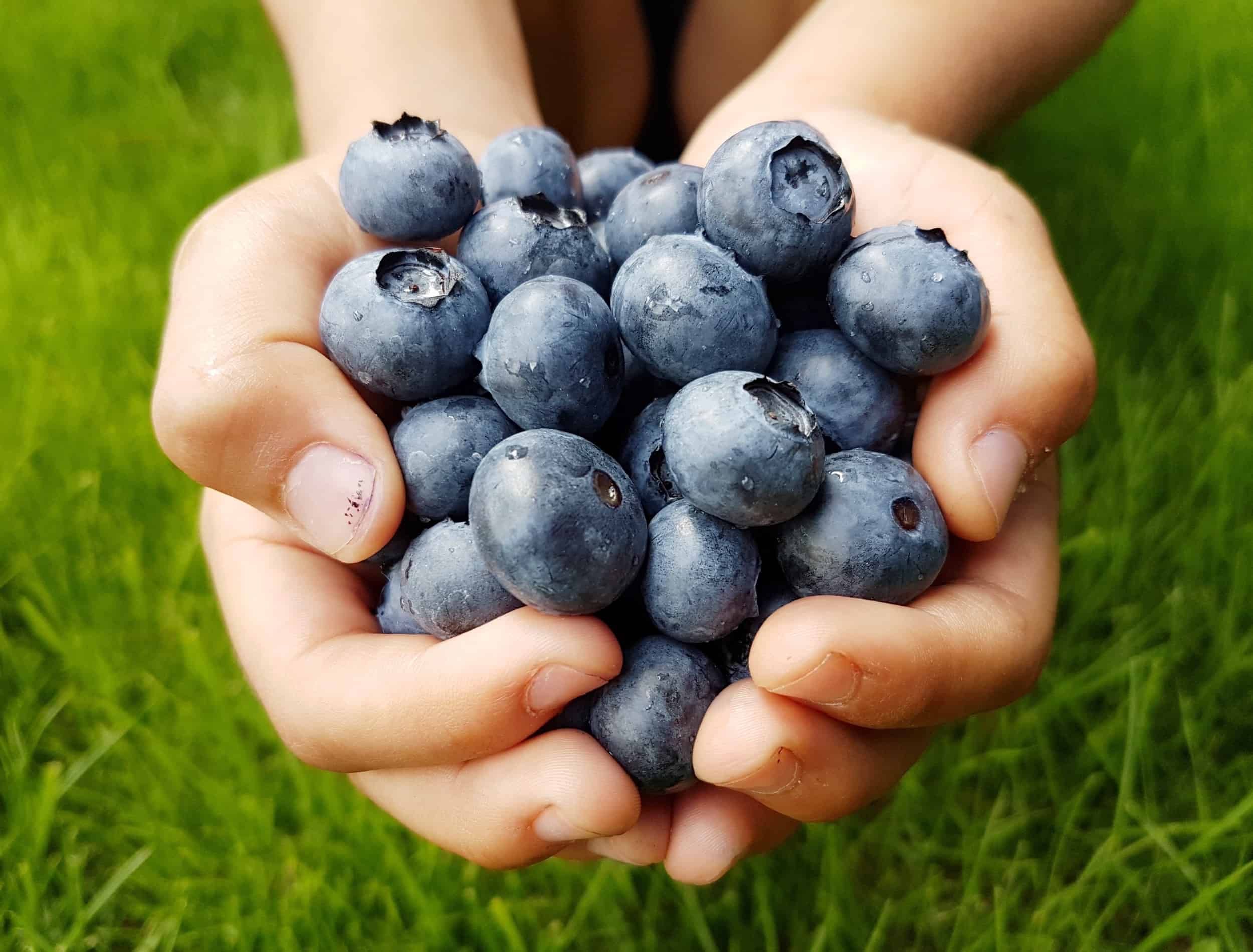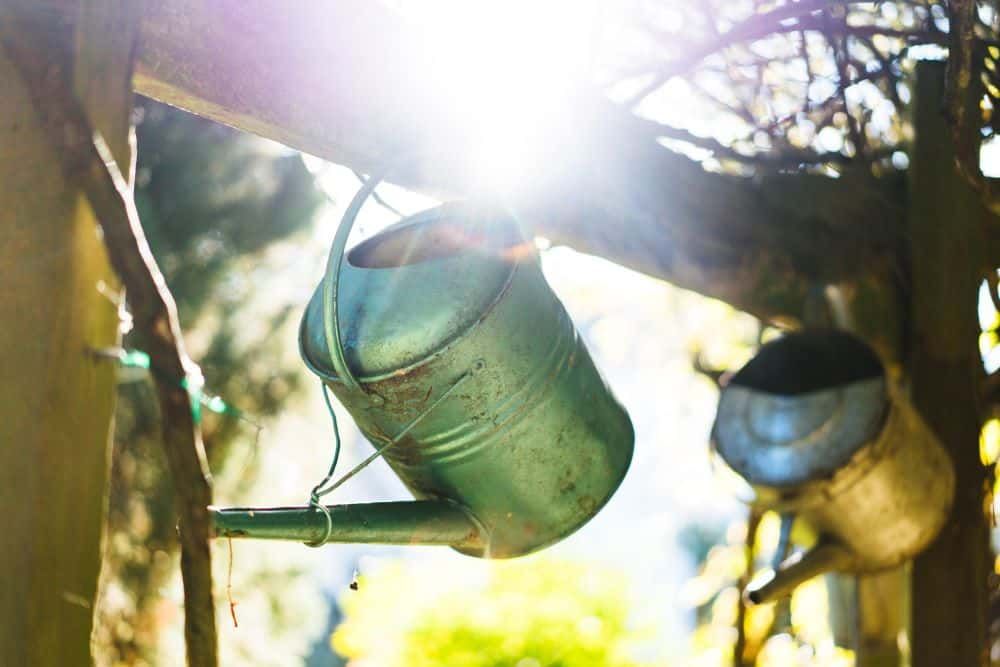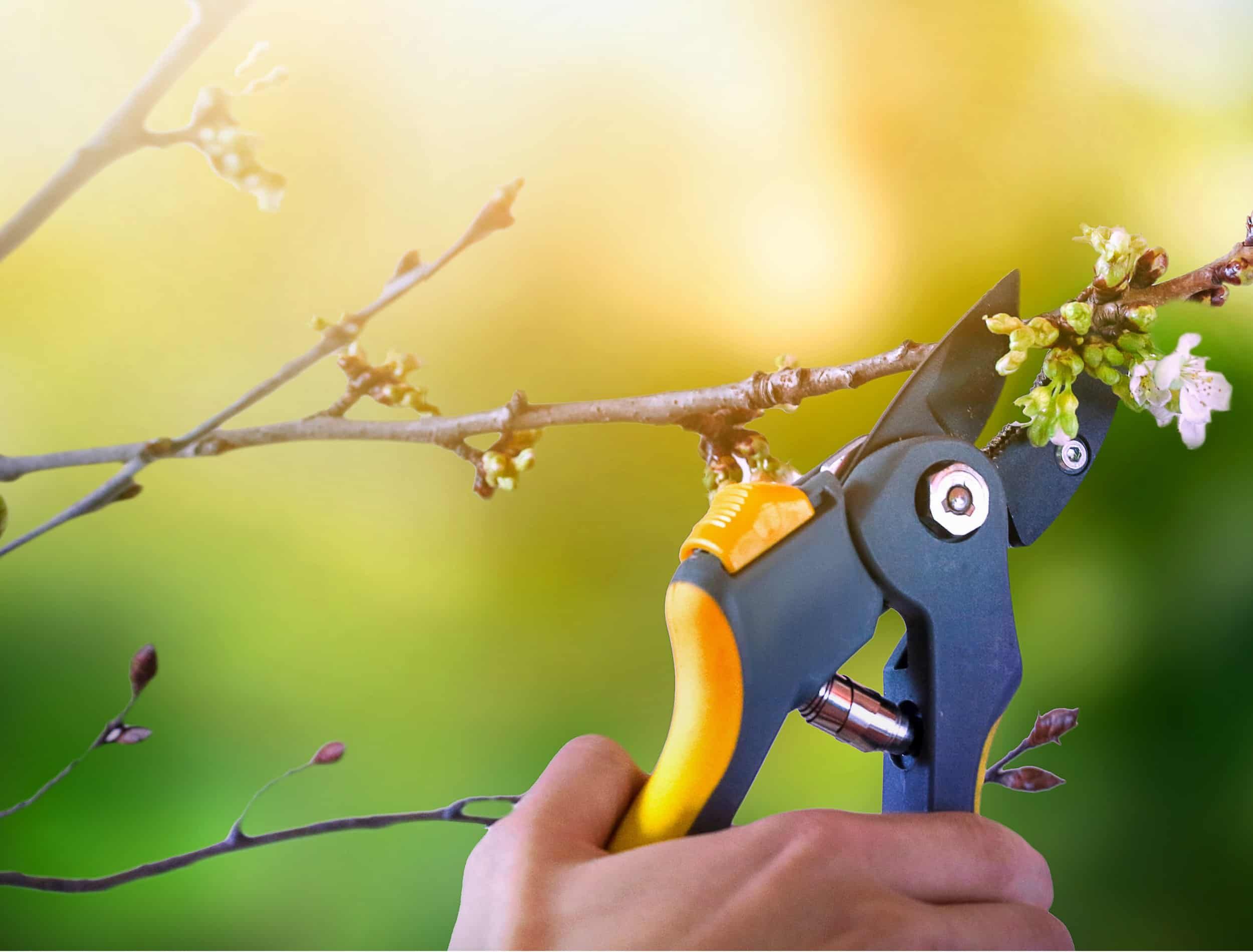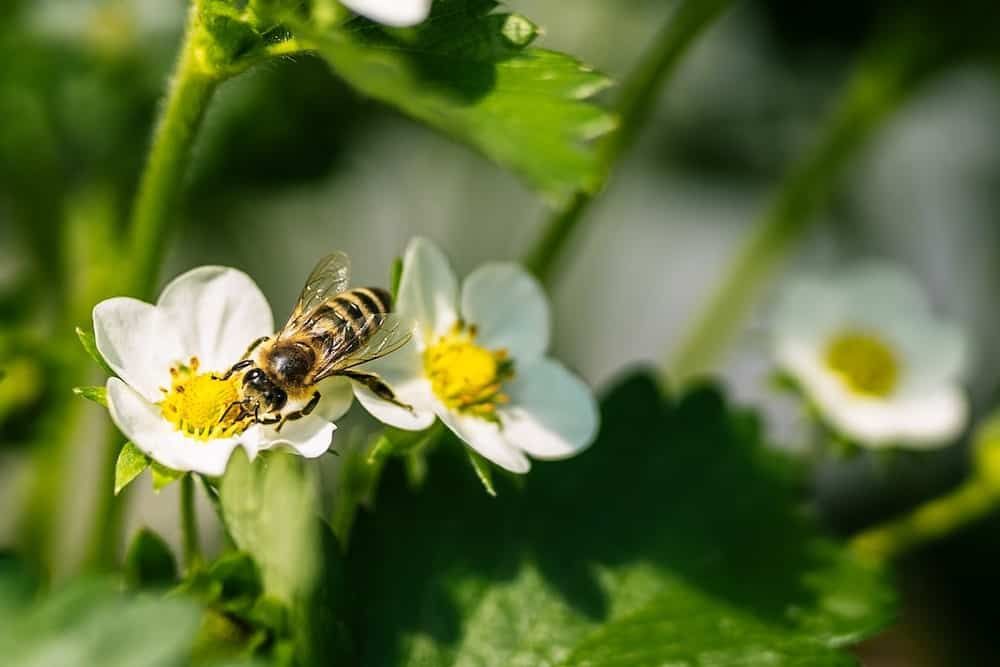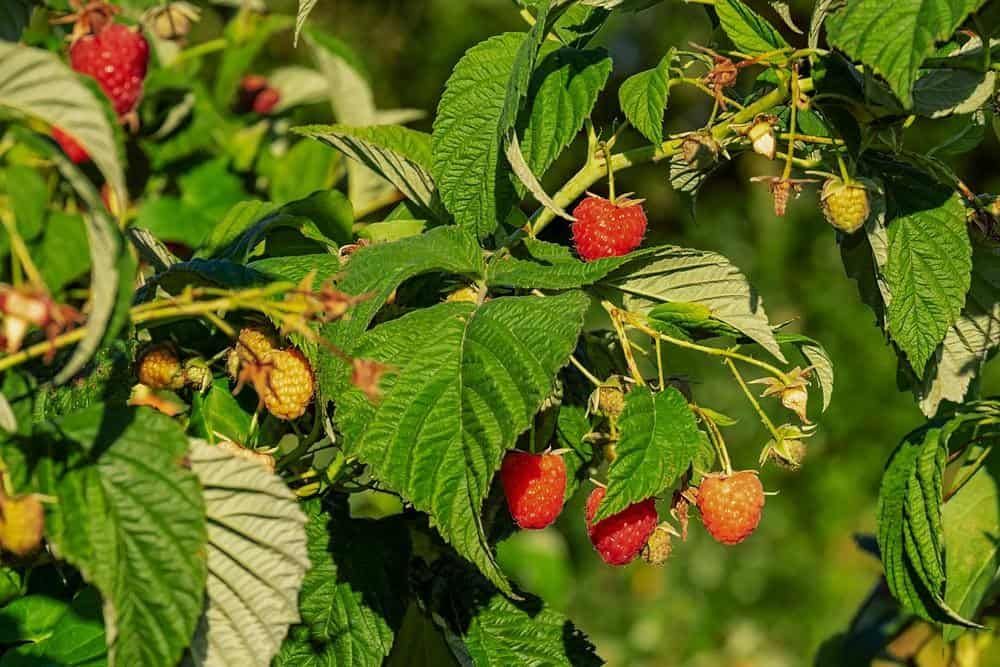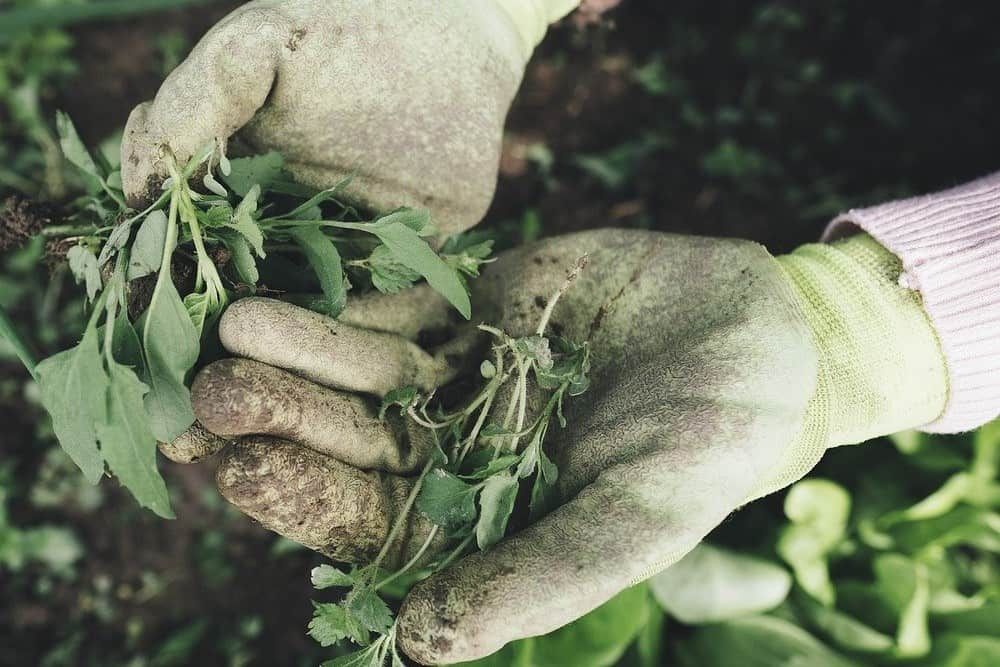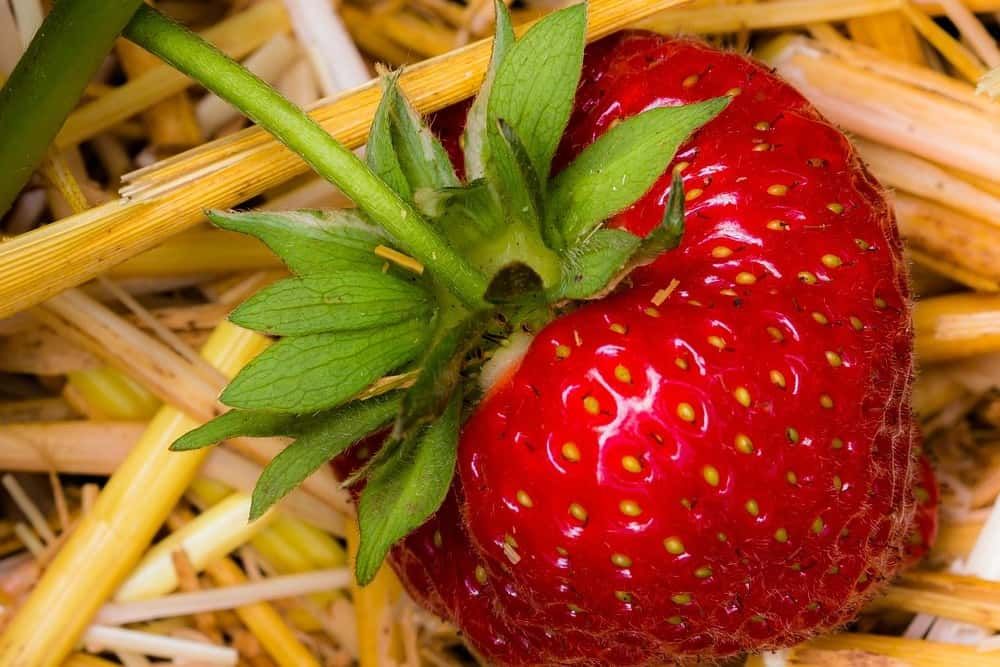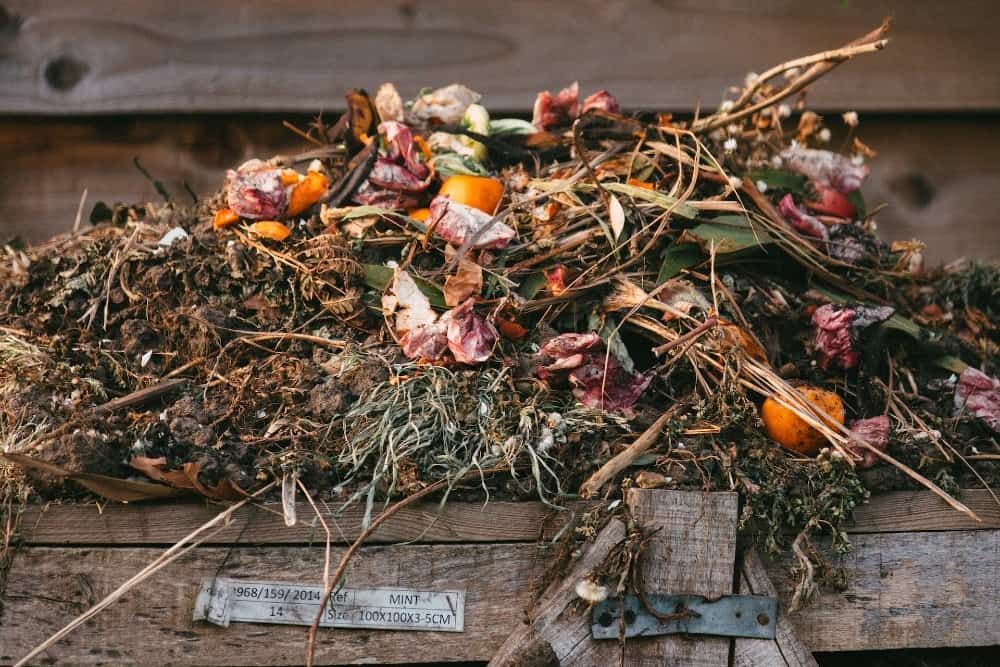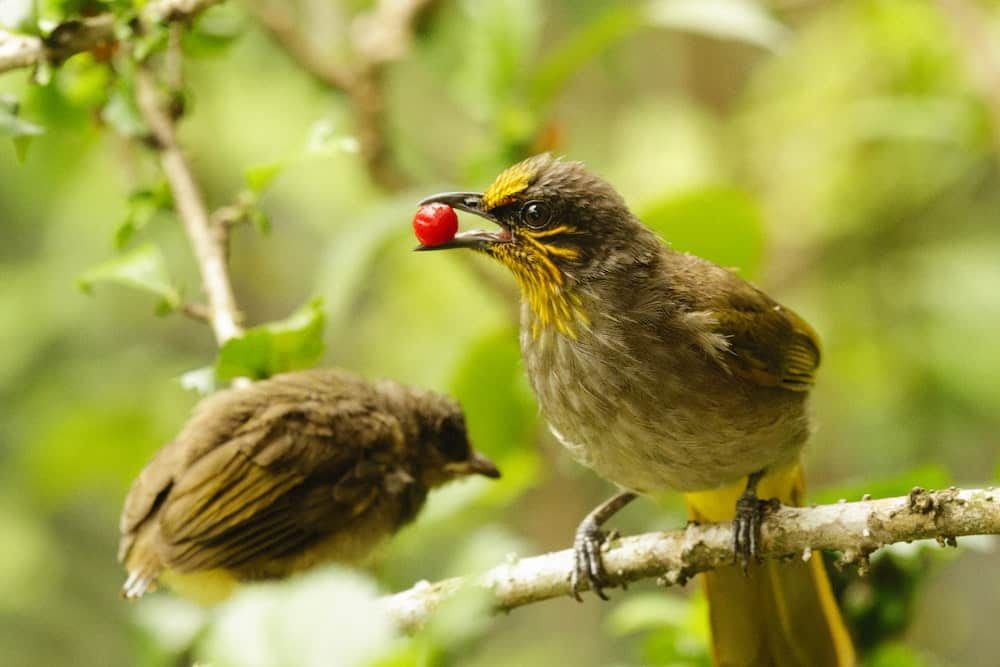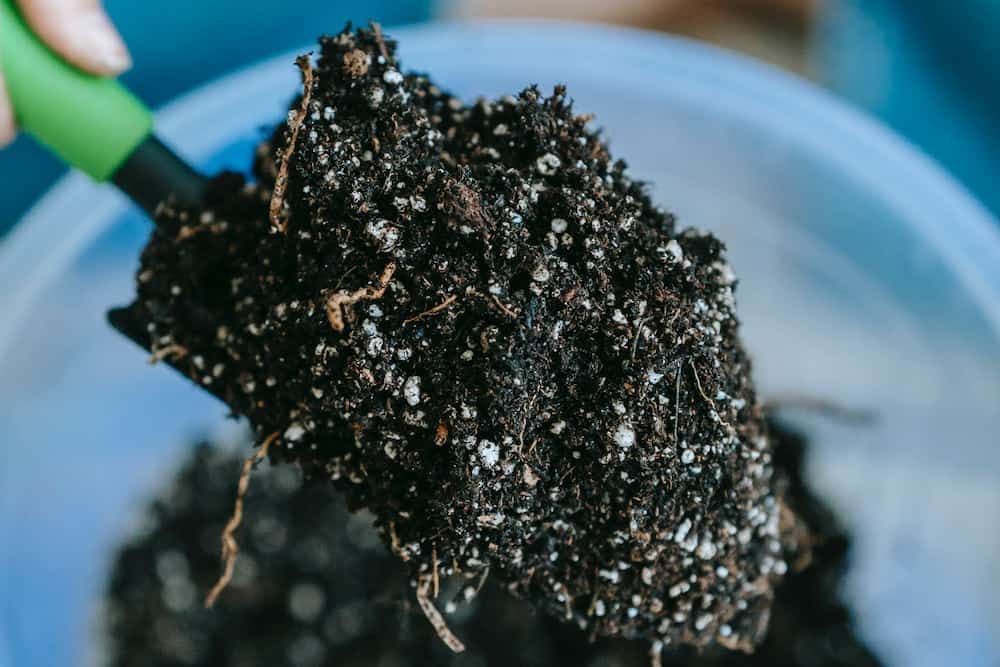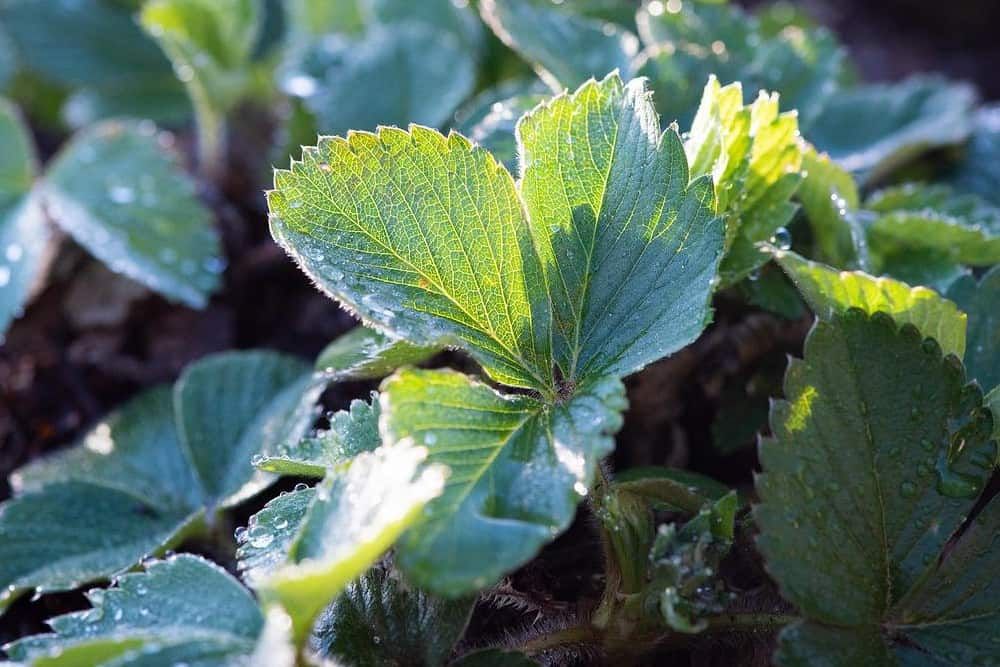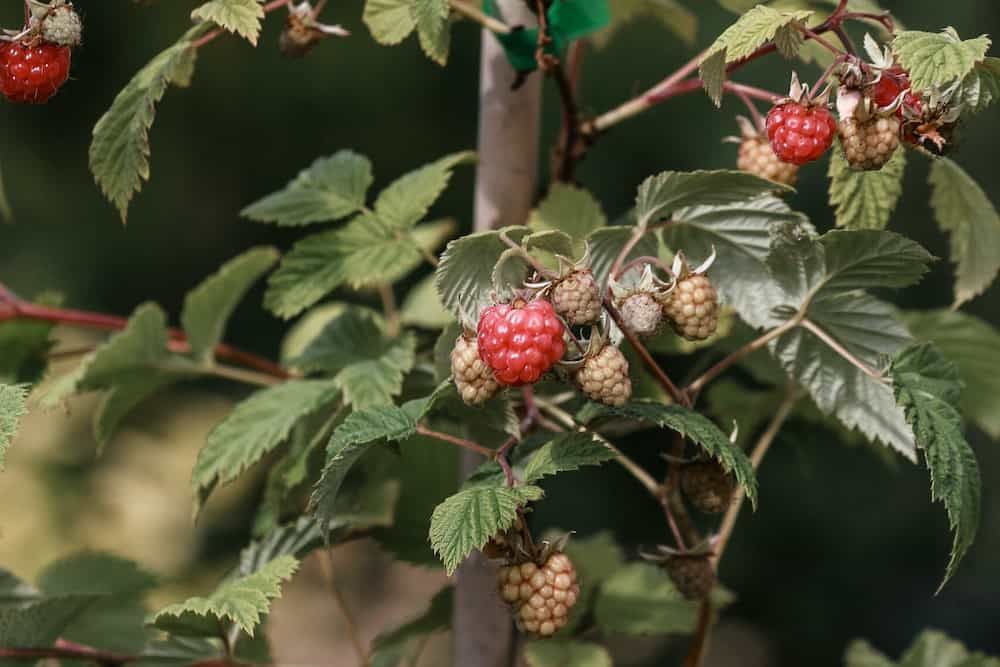Growing your own berries is a fun and delicious way to enjoy fresh fruit in the summer. There are hundreds of different species of berries; strawberries, raspberries, blueberries, and blackberries are among the most popular berries (interestingly, according to botanical classifications, of those four, only blueberries are actual berries). Be sure you know what berries you are growing, as the care varies between species.
If you have berry bushes growing, you may be wondering how else to maximize your harvest. To help ensure a bountiful harvest, it's crucial to choose a variety meant for your climate. Also, note that some berries are everbearing, whereas others only bear fruit in early or late summer. But there are some things you can do to improve the yield of any berry plant.
Here are 11 ways to increase your berry harvest.
Water Correctly
Image credits: Phil Weaver via Unsplash
Berries, like many other fruits, are primarily made up of water. Water is one of the key ingredients if you want a bountiful harvest of juicy berries. Most berry plants need 1 to 2 inches of water a week during the summer. As opposed to sprinkling them daily, slowly soak them once or twice a week throughout their growing period. Deep watering promotes a healthy root system. During heatwaves and the fruiting period, they may require even more water.
Prune Properly
Image credits: Kim Kuperkova via Shutterstock
Pruning your berry bushes and brambles is crucial for ensuring a plentiful harvest. Always prune in the dormant period, either after the leaves have fallen or before growth in the spring. Check your variety as pruning differs by type of fruit. How the berry fruits will determine which canes and branches to prune.
More fruit will form on newer branches and canes, so it’s best practice to prune back many of the older canes, even for biennial berries. Fruit may continue to grow on the older canes, but the yield will be lower. In addition, prune damaged or dead branches and brambles.
Encourage Pollination
Image credit: Justus Menke via Unsplash
Without pollination, berries won't form, so if you increase pollination, more fruit will grow. Insects transfer pollen from one flower to another, pollinating most berry plants, such as strawberries and blueberries. You can also literally lend a helping hand by transferring pollen from the male flower to the female yourself.
It's important to know whether your plant is self-fertile or if it requires cross-pollination. For example, strawberries and raspberries are self-fertile, whereas elderberries must cross-pollinate with another variety; otherwise, they won’t fruit. Blueberries, on the other hand, can self-pollinate but will produce larger yields if cross-pollinated. So, to increase your yield, plant multiple varieties of the same species. Locate fruiting plants of the same variety within 100 feet of one another.
Propagate With Tip Layering
Image credit: Couleur by Pixabay
Another way to increase your harvest is to expand your crop. Brambles such as raspberries and blackberries are easy to propagate by tip layering. In the spring, remove the leaves from the tip of a branch. Bend and bury the branch into the ground. Hold the branch down with a rock until roots form. You can then cut and transplant the new plant. This is a fantastic way to create new plants.
Weed Regularly
Image credit: photoAC via Pixabay
Weeds take up space, nutrients, and water that your plants need. If you want to increase your harvest, it’s time to tackle the weeds. With berry plants, weeds can often hide at the base and choke out the plant. Weeding regularly will ensure your plants have the space and nutrients they need to grow to their fullest.
Remember to Mulch
Image credit: blende12 via Pixabay
Mulching around the base of your berry bushes will help keep down weeds, deter pests, and hold in moisture. It can also help keep the berries off the ground where they are susceptible to fruit rot. Grass clippings and straw are the best for fruit bushes because they are lightweight and decompose quickly.
Add Compost
Image credit: Edward Howell via Unsplash
One of the easiest ways to increase your berry harvest is to add compost to the soil yearly. Compost provides vital nutrients that act as nature’s fertilizer to support growth. It’s also a good idea to test your soil to determine its pH. Many berries prefer slightly acidic soil. Try adding coffee grounds to boost the acidity in your compost.
Prepare for Pests
Image credit: Alexey Demidov via Pexels
Another way to ensure a good harvest is to keep on top of pests. As a preventative measure, you can float a row cover over berry bushes. Remove the cover when the flowers form so that bees can pollinate. Once the fruit starts to form, you may want to put the cover back on to protect them from birds.
It’s also a good practice to harvest fruit as soon as it’s ripe, so pests don't have a chance to get to it. You can harvest blueberries a bit early and allow them to ripen, whereas some other fruit won’t ripen off the vine.
Note: If you decide to apply insecticide, don’t do this while flowers are blooming, as this will kill the bees.
Fertilize When Necessary
Image credit: Teona Swift via Pexels
Fertilizing your plants is necessary for them to thrive. With berries, you want to fertilize in early spring before growth starts. Depending on the berries you are growing, you may also decide to fertilize after the flowers drop or after harvest. Berries generally like a fertilizer that is high in nitrogen, but too much of a good thing can also be detrimental to your plants. Check your particular variety and test your soil to ensure you are adding the correct nutrients.
Provide Sunlight
Image credit: Pezibear via Pixabay
Proper sunlight is vital for growth and a good harvest. Most berries grow best in full sun, in a location that receives at least six hours of sunlight daily. If they aren’t in the best location, consider moving them, or propagating plants in a new area.
Grow off the Ground
Image credit: Maxim Titov via Pexels
Berries that grow off the ground are cleaner, more disease-resistant, and have better air circulation. Brambles, including raspberries and blackberries, perform best on a trellis. With biennial canes, the first and second-year canes crowd each other. Trellising relieves this issue, allowing for a larger harvest.
When using a trellis, you may be able to place plants closer together, which will also help with a larger yield. Be careful not to place them too tightly together, or they can be hard to manage.
Vary Your Berry
With so many different types of berries, it’s essential to know what you’re growing to maximize your harvest. Certain varieties will do better in different climates, so if one isn’t working for you, maybe it’s time to try another. Hopefully, these 11 tips will help you increase your berry harvest!
Are you growing berries this year? Share all about your harvest in the comments below!

